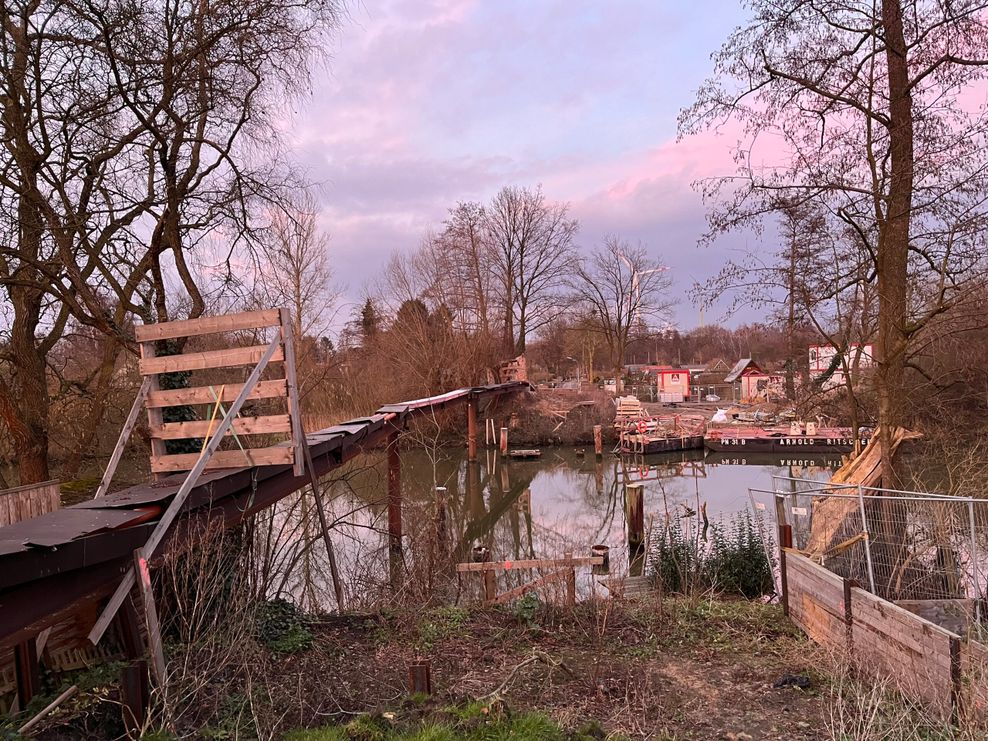The Western Avenue Corridor Study is potentially the most exciting thing to happen to Chicago city planning in decades. It’s bold, it’s big, and it’s exactly the type of ambitious city planning Chicago needs to face our current challenges.
Reimagining Western has two major components: rezoning and transit.
Starting with rezoning, the study calls for converting about 4.5 miles of Western to mostly B3-3 zoning, which allows for denser mixed use-development. Chicago notoriously has no land use plan. Usually, rezoning is done on a lot-by-lot basis, which can result in 20-plus different zoning classifications within just a couple of square blocks. This patchwork zoning system is often a barrier to building more housing, as navigating the zoning code is burdensome and restrictive to developers.
Rezoning Western is innovative in that it proactively rezones more than just a single lot. Indeed, an entire 4.5 miles of Western encompassing the West Ridge, Lincoln Square and North Center neighborhoods stand to benefit. If it’s approved, developers would be able to build more housing than the code currently allows. Under the new rules, about 6,800 more housing units would be allowed in this area (and that’s likely a conservative estimate). At a time when residents are leaving Chicago due to unaffordable rents, it’s urgent that we streamline our ability to build more abundant housing to drive rent prices down.
In addition to providing denser housing, the rezoning would also lead to the creation of new businesses and institutions such as schools, libraries, retail shops and bars. Strong, walkable neighborhood centers would emerge, with Western no longer dominated solely by car dealerships and drive-thrus that pedestrians are scared to cross. In its current state, it’s easy to neglect Western as we zoom along it too fast in our cars. But when we walk through our neighborhoods, we’re forced to take pause and consider how we can make the places we live better for everyone. The rezoning encourages this walkability.
The second component of reimagining Western is improving bus transit by dedicating an entire lane of traffic to buses only. We can reduce traffic congestion significantly if we get less people in cars and more onto buses. After all, 50 people on a bus takes up less space than 50 cars. This reduced traffic, in turn, helps us hit our city’s climate goals.
Related Articles
Editorial: What’s the easiest way to make the CTA safer? Might not be what you think.
Commuter advocates: The CTA vows to double rail operator trainees this year. Its data shows that’s impossible.
Editorial: The CTA is broken. Agency President Dorval Carter Jr. must go.
Improving bus infrastructure also enhances equity across the city, as not everyone can afford a car. People of color and essential workers are more reliant on transit. Particularly, they are often more reliant on buses instead of rail. Only 30% of Chicagoans live near a rail stop, whereas 95% of Chicagoans live near a bus stop.
Western connects to four Metra lines and five “L” stations, so building bus lanes will help connect communities along Western with other economic opportunity zones. This complements the proposed rezoning because as more and more people move along Western, it’s essential that we have a plan in place to move people efficiently.
Further, improving bus transit is much more cost-effective than installing new rail lines. Chicago faces a $700 million-plus transit budget shortfall once pandemic relief funds expire. While installing bus lanes isn’t inexpensive, it’s significantly cheaper than building more rail. It is largely a matter of painting a lane red, separating this lane from car traffic, then actually enforcing that the lane remains dedicated solely to buses. It’s important that we get the implementation of this right.
If buses get caught in the same traffic that cars do, ridership will be discouraged, and transit enemies will use it as an excuse to not implement it in other parts of the city. I’m optimistic to see implementation done correctly, however, as 17 out of 18 aldermen along Western support the bus transit plan (special kudos to Aldermen Matt Martin and Andre Vasquez, the champions of these proposals). It’s time we join the ranks of world-class cities such as Amsterdam, Istanbul and Mexico City.
Chicago is at an inflection point right now. If nothing is done to increase our ridership, we could enter a vicious cycle that results in lower fare revenue and cuts in transit service. Further, rising unaffordability pushes Chicagoans out, which weakens our tax base and leads to less strong communities.
The reimagining of Western Avenue addresses the dual crises of transit and housing in a bold manner that the moment demands. Hopefully, its success can serve as a blueprint to other arterial streets as well. (Ashland, I’m looking at you.) Let’s meet this moment and support the reimagining of the Western corridor.
Aaron Feldman is a member of Strong Towns Chicago and Urban Environmentalists. He lives in Chicago’s Roscoe Village neighborhood.
Submit a letter, of no more than 400 words, to the editor here or email letters@chicagotribune.com.




